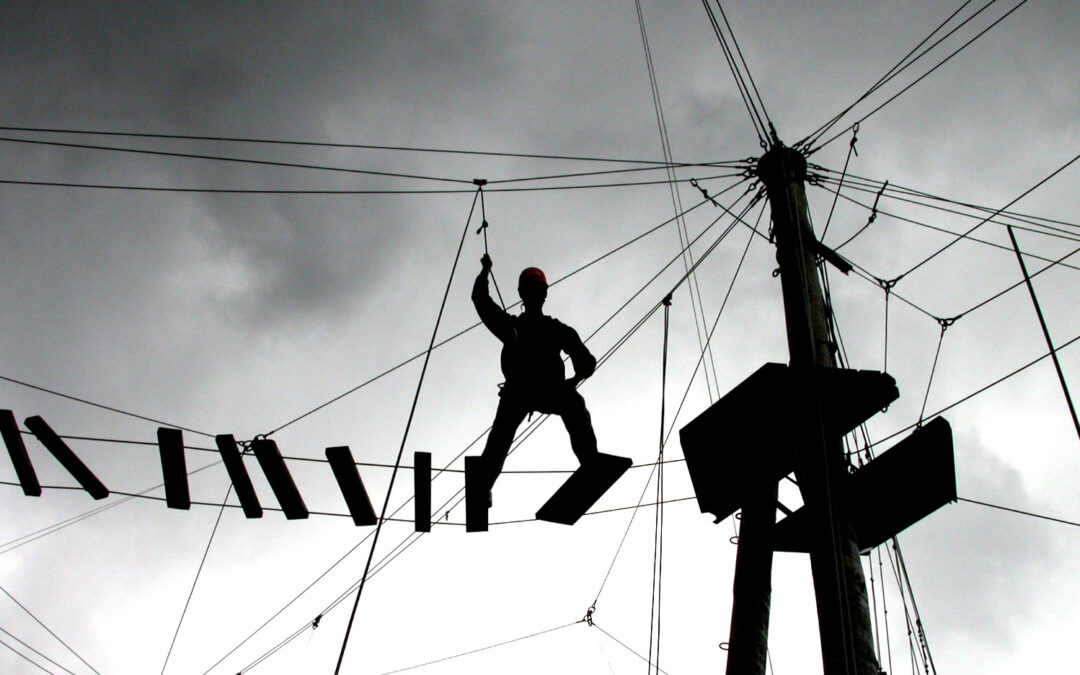The start of the new year is a perfect time to learn from the experiences of the previous twelve months and in this article, I share some of the lessons that came out of After Action Reviews (AARs) we conducted for clients who had experienced significant supply chain disruption in 2021. As with many lessons from the COVID crisis, this learning can be applied in any escalating situation.
The challenges of the pandemic caused supply chain disruption for every type of business, and those with a production line across international borders have been particularly hard hit. This analysis of the survey responses from 60 senior supply chain executives undertaken by McKinsey highlights how different industries have responded to such challenges to build more resilient supply chains. It’s particularly interesting to see what people expected to do when surveyed in 2020 and what they have actually done by the second survey in 2021. Whilst many felt that the best way to improve resilience was through physical changes to their supply chain footprints, such as bringing production closer to home, what most businesses have actually done is increase the size of the inventory of critical products. One of the reasons given for this is the difficulty of finding suitable suppliers closer to home and the time and investment required to create new manufacturing capacity within their region. This article is one example of how businesses have been learning to adapt to the ‘new normal’ of unexpected events that now characterise the way we work and live. It also illustrates a living After Action Review, as businesses have been learning that it’s not as easy to do what they expected to do. It is of particular interest to me as we have facilitated several AARs to help business learn from the supply chain disruption they experienced last year. The learning that came out of these AARs can also be widely applied to any escalating situation you encounter.
Goodwill and commitment will themselves not solve a crisis
In each of the AARs I was struck by the enormous personal goodwill and commitment that had been given freely by the people in each of the businesses and at every level. Long hours were worked, local initiatives developed and considerable efforts made to solve each new problem. But without a clear strategy, leadership at the right level and a strong command centre overseeing the response to the crisis, much of this had little value.
You need to know where the tipping point is
As supply chain disruption is a familiar event, the initial response in the businesses was to do what they normally do by managing it locally and making decisions in the typical way. However, there comes a point when responding in the normal way is no longer effective as the scale of the issue means you are dealing with another animal entirely, and an alternative strategy must be developed and executed . In the NHS, there are clearly defined tipping points for the management of any atypical event such as a major accident or bombing, to be led through a Gold, Silver Bronze command structure. What we learnt in the supply chain AARs was that there was no clarity on when the threshold for a different approach was reached, so there were unnecessary delays in getting the senior leadership engaged and a crisis team in place
Communication has to be actively managed as a priority
Significant supply chain disruption affects every part of the business and creates enormous demand for information from the customer. In each of the AARs, one of the most commercially damaging aspects of the response was the lack of accurate information provided to customers. Their most pressing need was to know when they would have their essential product and no one they spoke to was able to tell them. The sales staff found this incredibly hard to experience and reported a breakdown in trust with even long standing customers. Being able to obtain accurate data from the all parts of the supply chain, make sense of it and convert it into relevant messages for each audience and then to ensure it reaches every audience must be priority during any crisis.
So, in summary, what we learnt in the AARs is that responding in a crisis requires a significant shift in the way leaders normally operate, an alertness to when the situation requires a new approach and a recognition that internal and external communication and accurate information are the priority.
If you would like to ensure you extract the maximum value from any experience you had last year, good or challenging, and put that learning to use in 2022, please get in touch about running an AAR.

